HencThermal imaging plays a crucial role in optimizing the performance and safety of hot rolling mills, which are essential components in the metalworking industry. Hot rolling mills are industrial facilities that shape metal products by passing them through pairs of rolls while heated to high temperatures. This process is vital for producing metal products like sheets, bars, and structural shapes. Such products are used in construction, automotive, aerospace, and other industries.
Thermal imaging technology involves capturing and visualizing the infrared radiation emitted by objects. In hot rolling mills, thermal imaging cameras are utilized to monitor and analyze the temperature distribution of the materials and equipment involved in the rolling process.
Here Is a List of Reasons Highlighting the Importance of Thermal Imaging for Hot Rolling Mills.
1. Temperature Monitoring:
One of the primary functions of a thermal imaging camera is to monitor the temperature of the metal being processed. Maintaining the correct temperature is crucial for ensuring the quality and integrity of the final product. Thermal cameras can provide real-time temperature data across the entire material surface, allowing operators to adjust as needed to achieve optimal rolling conditions.
2. Detection of Hot Spots and Defects:
An infrared thermal imaging camera enables the detection of hot spots, which are localized areas of high temperature that can indicate defects or irregularities in the material or the rolling process. Identifying hot spots early can prevent surface defects, cracks, or material failure, thereby improving product quality and reducing scrap rates.
3. Energy Efficiency:
Thermal image cameras help optimize energy consumption in hot rolling mills by accurately monitoring temperatures. They allow operators to fine-tune heating processes and reduce energy wastage. This is done by ensuring that materials are heated to the required temperature without overheating or underheating. This optimization contributes to cost savings and environmental sustainability.
4. Equipment Health Monitoring:
An infrared thermal imaging camera can also be used to monitor the temperature of critical equipment components. A few examples would be rolls, bearings, and motors, in hot rolling mills. By identifying abnormal temperature patterns, maintenance teams can detect potential equipment failures or malfunctions early, allowing for proactive maintenance and minimizing downtime.
5. Safety Enhancement:
Hot rolling mills operate in high-temperature environments, posing significant safety risks to personnel and equipment. The best thermal imaging camera helps improve safety by enabling operators to remotely monitor the process without exposing themselves to extreme heat or hazardous conditions. It also allows for the early detection of overheating equipment or materials. This reduces the risk of accidents and ensures a safer working environment.
6. Process Optimization:
Thermal imaging data can be analyzed to optimize the hot rolling process for increased efficiency and productivity. By studying temperature profiles and heat distribution patterns, engineers can identify areas for improvement and implement changes to enhance process control, reduce cycle times, and improve overall throughput.
7. Quality Assurance:
Besides monitoring temperature, a thermal imaging camera can also be used for quality assurance in hot rolling mills. By capturing thermal images of the rolled products, inspectors can identify surface defects that may not be visible to the naked eye, such as cracks, laps, or inclusions. It enables timely corrective actions to be taken to maintain product quality standards.
Optimizing Rolling Mills with Manglam Electricals’ Thermal Imaging Solutions
Thermal imaging technology is vital in hot rolling mills because it provides valuable insights into temperature distribution, equipment health, process efficiency, and product quality. By leveraging high quality thermal imaging cameras, operators and engineers can optimize operations and enhance safety. Also, it ensures the production of high-quality metal products. As hot rolling mills continue to evolve and adopt advanced technologies, the importance of thermal imaging in optimizing performance and ensuring reliability will likely increase further.
At Manglam Electricals, we offer cutting-edge infrared thermal cameras from Optris, a well-known German manufacturer. These cameras are designed specifically for industrial use, providing high resolution and accuracy even in high-temperature environments. Our thermal imaging cameras provide great value for money and connect easily to PCs via USB for instant use. The temperature data these advanced thermal cameras capture is conveniently displayed using intuitive, free-to-use software, making them a practical choice for various industrial applications. Get in touch with us today and advance your operations with the best thermal imaging camera by your side.

Leave a Reply